The experts’ brace-classification : a newly pusblished study with video-commentary
Studies have shown that brace treatment for AIS is effective but not all braces are the same. The classification of scoliosis braces developed by SOSORT with SRS, ISPO, and POSNA and approved by ESPRM, a study just published by The European Spine Journal, aims to produce a classification of the brace types.Studies have shown that brace treatment for AIS is effective but not all braces are the same. The classification of scoliosis braces developed by SOSORT with SRS, ISPO, and POSNA and approved by ESPRM, a study just published by The European Spine Journal, aims to produce a classification of the brace types.
Four scientific societies (SOSORT, SRS, ISPO, and POSNA) invited all their members to be part of the study. Six level 1 experts developed the initial classifications. At a consensus meeting with 26 other experts and societies’ officials, thematic analysis and general discussion allowed to define the classification (minimum 80% agreement).
The classification was applied to the braces published in the literature and officially approved by the 4 scientific societies and by ESPRM.
There are substantial differences in results published in the literature: one of the factors impairing research and leading to clinical confusion in the field is the absence of a classification to understand differences and commonalities among braces.
The only existing classification is common to all other orthoses, which is to classify braces according to the anatomical joints held underneath the brace—in the spine, these are the trunk regions. Unfortunately, according to this classification, almost all braces for spinal deformities fall in the thoracolumbosacral orthosis (TLSO) category, without other differentiations included.
As a result, clinicians cannot generalize research results on one brace to another with the same biomechanical action. Even worse, we could be inaccurately generalizing data on one brace to another brace with different biomechanical actions.
In this study the experts developed a definition for each item and were able to classify the 15 published braces into nine groups.
“This is the first edition of a brace classification that we expect to evolve further in future due to better understanding and more research – explains prof. Stefano Negrini, Scientific Director of Isico and first author of the article – It is based on expertise more than evidence, but we also must recognize that expertise is the first step of the pyramid of evidence when no better research data are available. Moreover, this expertise is shared worldwide among some of the best brace experts. The involvement and support of the leading scientific societies in the field should guarantee its dissemination”.
Watch the short video commentary of Prof. Stefano Negrini about the published study for our Isico Science corner video column




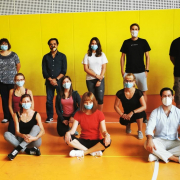

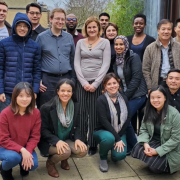
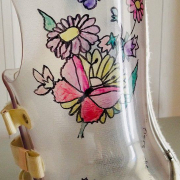
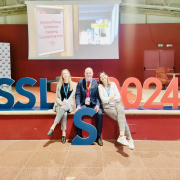
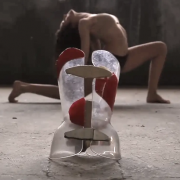

Leave a Reply
Want to join the discussion?Feel free to contribute!